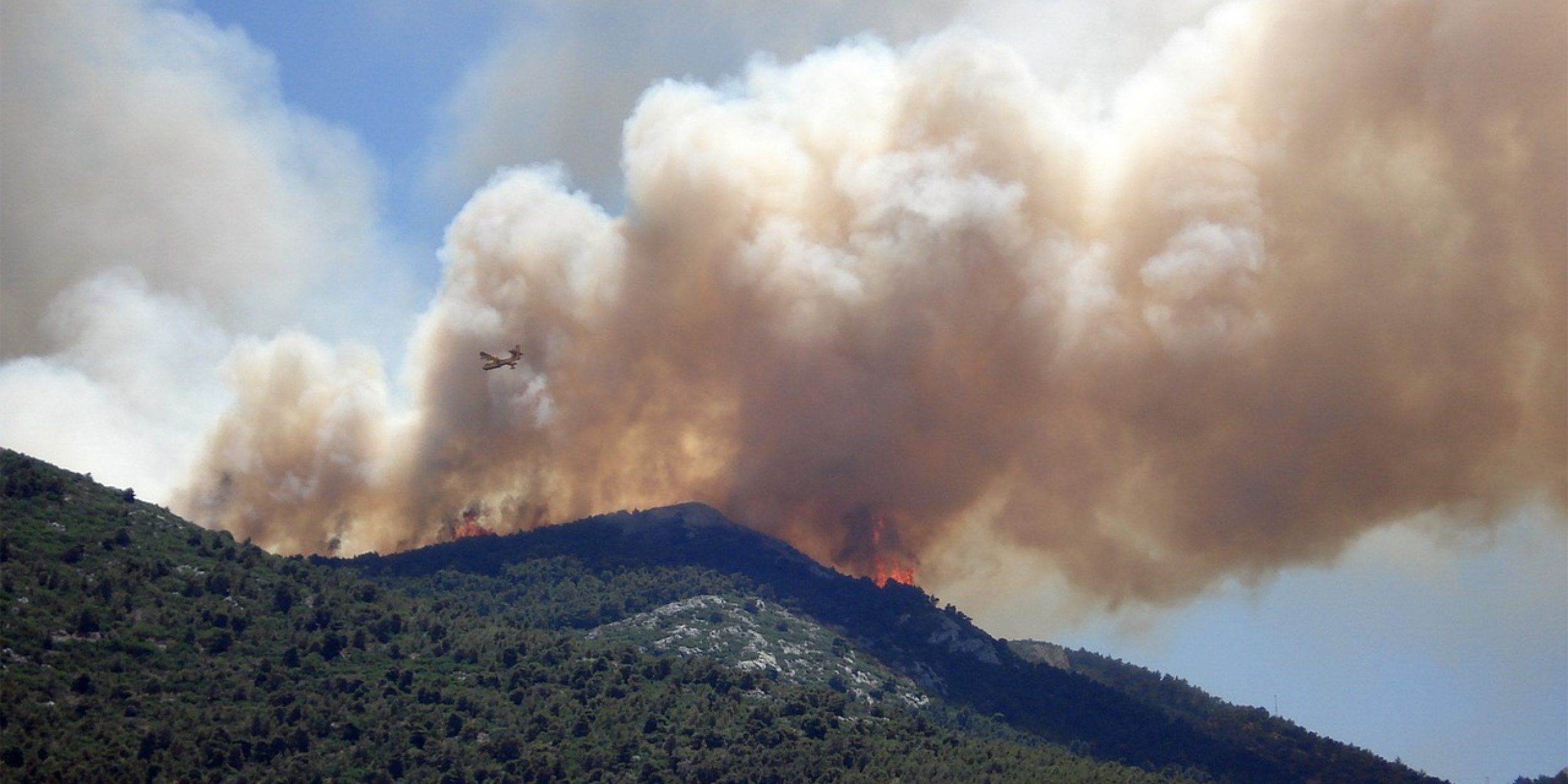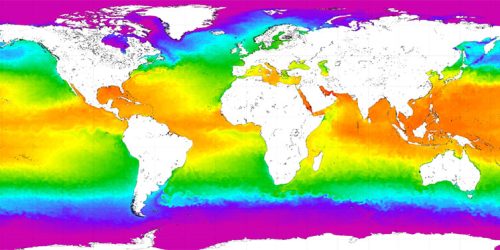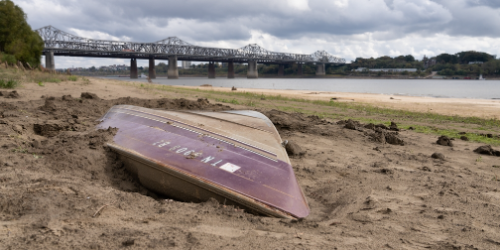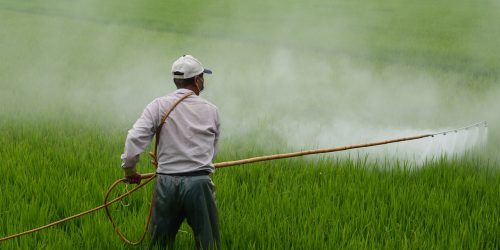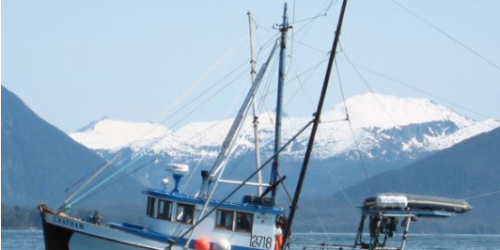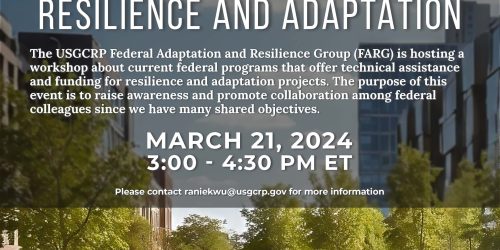Wildfire smoke is a substantial source of ozone in our lower atmosphere, but one that is hard to quantify. How much and how quickly ozone forms depends on several factors that differ for each fire, making accurate simulation of wildfire chemistry challenging. New research funded in part by CPO’s Atmospheric Chemistry, Carbon Cycle, & Climate (AC4) program investigates ozone chemistry in wildfire plumes using measurements made during the Fire Influence on Regional to Global Environments and Air Quality (FIREX-AQ) flight campaign. The research team’s in-depth analysis of key chemical variables controlling ozone formation under different fire conditions resulted in a set of guidelines for estimating ozone formation from wildfires in atmospheric models.
Published in Science Advances, the work of over 40 scientists provides confidence in diagnosing the key chemical variables of ozone formation during a time where many worry that US improvements in air quality may be offset by increasing wildfires. The study demonstrates that ozone formation in US western wildfires is largely limited by the abundance or lack of nitrogen oxides. Overall their work contributes to a more accurate representation of wildfire chemistry in atmospheric models that are used to study air quality and predict climate.


